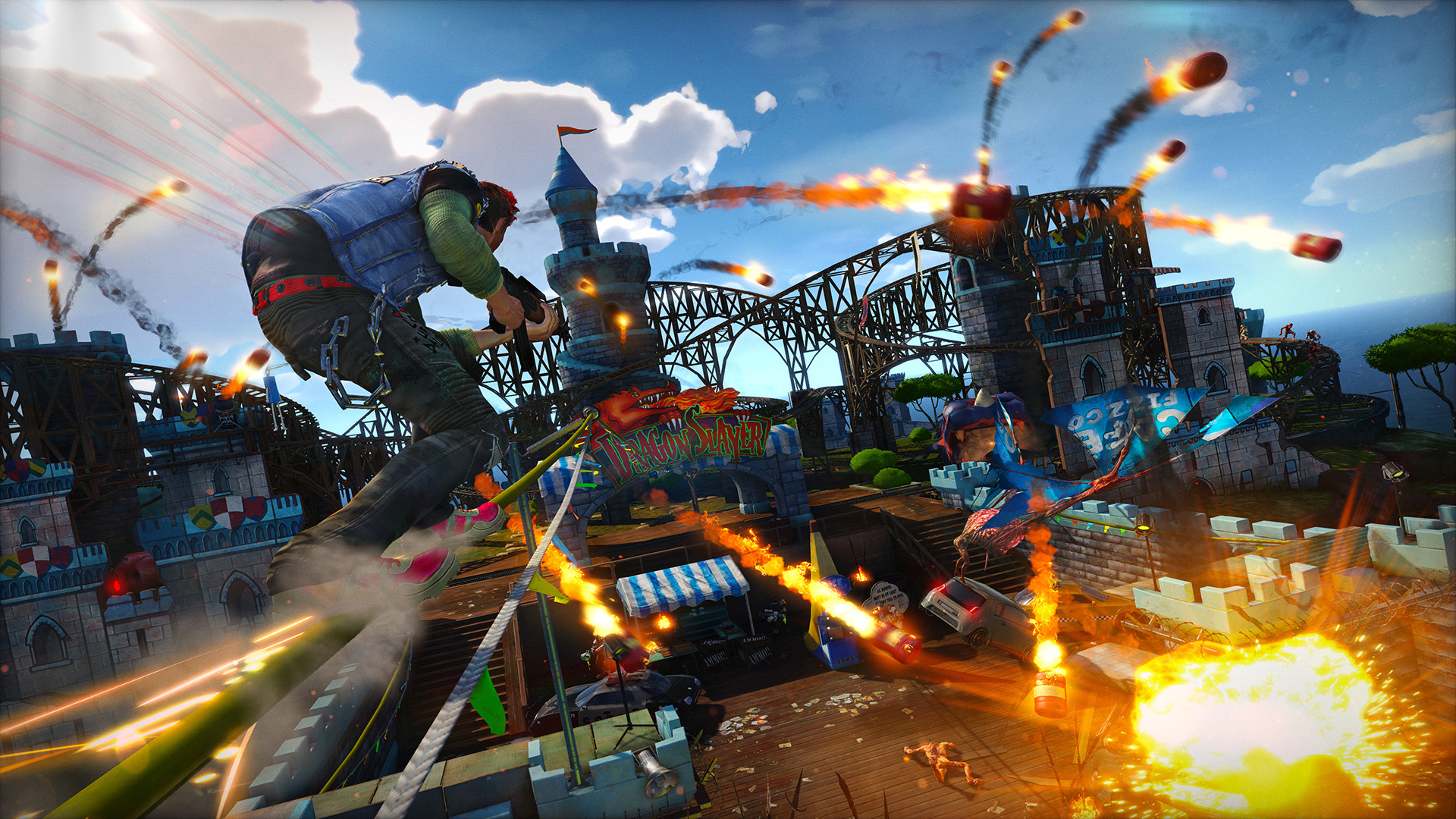
Oblivion Remastered Review – A Modern Return to Cyrodiil
It’s been nearly two decades since Bethesda first dropped you into the rolling hills of Cyrodiil. Now Oblivion Remastered invites both veterans and newcomers back with fresh visuals and a handful of modern touches. The question on everyone’s mind: does this upgraded edition still capture the magic that made the original game so memorable? In my opinion, it mostly does. There are moments when the seams show, but it’s hard not to smile when you see those grand Imperial City walls in full Unreal Engine 5 glory. And yes, there are times when the frame rate hiccups or a texture pops in late—minor annoyances in what remains an engrossing fantasy world. A Familiar Journey If you’ve never played the original, here’s how it works. You start in a prison cell, then somehow you end up fighting your way through a portal to Oblivion—a dark plane filled with demons. From there, it’s a sprawling open world. Main story, side quests, guilds, daedric princes—none of that has changed. What has changed is how you experience it. Character creation feels snappier. Menus load faster. And there’s a dedicated sprint button so you’re not stuck holding forward and a modifier key. That alone feels like a small but welcome convenience. Story and World Oblivion’s narrative still holds up. The Emperor’s assassination sets off a chain of events that feels epic in scope, even if it leans on fantasy tropes. The writing is occasionally cheesy, and the voice acting ranges from earnest to hammy. But the world itself remains the real star. Cyrodiil is a patchwork of forests, swamps, and snow-capped mountains, connected by roads that feel natural. You bump into travelers, bandits, and the odd talking fox—yes, really. There’s enough variety that you’re never bored, and the new visual polish makes every grove of silver birch and every crumbling ruin worth seeing. Visual Overhaul The jump to Unreal Engine 5 is dramatic. Textures look sharper, shadows are softer, and foliage moves with a subtle wind simulation you wouldn’t have seen back in the day. Global illumination via Lumen bathes the world in realistic light, especially at dawn and dusk. Characters catch light on their cheeks. Armor gleams under torchlight. It’s a clear step up from the original, and it shows in every corner of Cyrodiil. That said, some environmental props still appear blocky in close-up, a reminder that the asset rebuild wasn’t flawless. But overall, the visual facelift earns its keep. Engine and Technical Side Rebuilding a game from scratch is never easy. Virtuos deserves credit for reconstructing every model, texture, and animation by hand. You won’t find a single reused mesh from the 2006 release. Even lip-sync has been improved, though it sometimes misses the mark on subtle facial expressions. Loading screens are quicker, thanks to faster asset streaming. And on SSD-equipped machines, world transitions are almost seamless. It’s a smart balance between the old and the new—recognizable but undeniably fresh. Performance and Optimization Expect to tweak some settings. On high-end PCs, Oblivion Remastered runs smoothly at 60 frames per second with ray tracing off. Enable DXR and you’ll see reflections in puddles and polished floors, but performance dips into the 40s on average hardware. Consoles fare decently on Series X, holding 30 fps most of the time, though you’ll notice dips in dense forests. Series S owners may need to settle for a “quality” mode at 1080p. In my tests, patch updates improved stability, but the occasional stutter remains. Is it a deal breaker? Probably not, but it’s something to keep in mind if you’re chasing a rock-solid 60 fps experience. Core Gameplay Fundamentals Oblivion’s gameplay hasn’t aged poorly. Combat blends melee swings, arrow shots, and spells in a straightforward way. There’s weight behind every axe blow. Archery feels tight. Magic is forgiving, with hot-keyed spells that you can swap mid-fight. Levelling still ties odyssey-style skill usage to character growth—use destruction magic enough and you level up without ever touching the skill menu. It’s a system that rewards experimentation but can lead to unbalanced builds. In my own playthrough I ended up tank-heavy and nearly impervious to damage, which made the final act feel less tense. But that’s partly by design stickers. Combat and Leveling Tweaks A handful of perks and non-combat abilities have been added to modernize progression. You can unlock perks that boost sprint speed, reduce fall damage, or increase carrying capacity—options the original didn’t have. Level-up screens feel more informative now, with clearer explanations of what each attribute does. It’s not a revolutionary overhaul, but it’s enough to smooth out some of Oblivion’s old quirks. You don’t have to guess at how much Intelligence boosts your spell damage anymore. Exploration and Questing The map is massive, and exploring it never gets old. New markers make navigating easier, and fast travel loads instantly whether you’re on PC or console. Quests are marked clearly without ruining the sense of discovery. I found myself wandering off the beaten path more than once, chasing rumors of a hidden shrine or dragon skeleton. Those detours often led to small dungeons that have been lovingly redone with better lighting and subtle environmental storytelling. Even empty crypts look atmospheric now, with torches casting realistic shadows along damp walls. Quality-of-Life Improvements One gripe with the old game was inventory management. Here you can sort by type, search by name, and even see item icons without digging. Dialogue now pauses the game by default—no more getting swarmed by monsters while you read a conversation. The compass is slightly clearer, with quest arrows that don’t feel obtrusive. And mod support on PC is better integrated. The Creation Club content is tucked in its own menu, so you’re not forced into junk you don’t want. Small tweaks, but they add up. The Expansions Return Knights of the Nine and Shivering Isles come bundled in every edition. Knights of the Nine feels like a bonus chapter—short but satisfying, with decent loot. Shivering Isles remains the highlight, a twisted realm split


